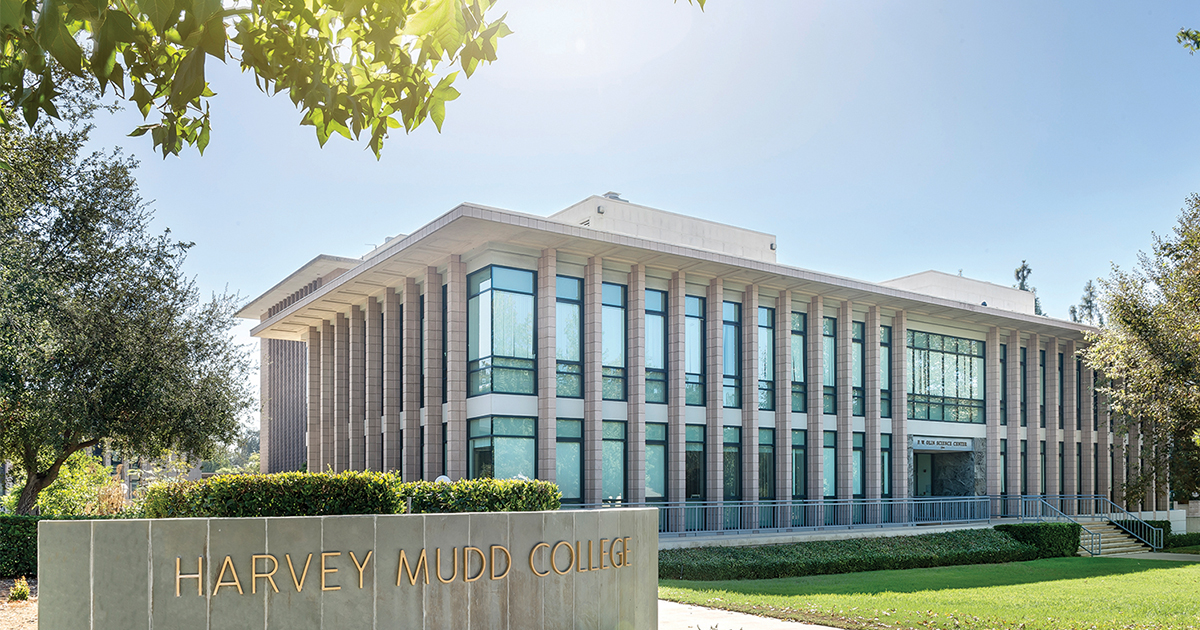Harvey Mudd Ranks High in U.S. News & World Report
September 17, 2021
Harvey Mudd College ranked No. 2 for undergraduate engineering programs in U.S. News & World Report’s Best Colleges 2022, a ranking of colleges that offer a bachelor’s or master’s as the top degree. Over the past eight years, Harvey Mudd has tied for No. 1 with Rose-Hulman four times and taken the No. 2 spot the other four times.
Harvey Mudd’s engineering department was also recognized in the Best in the Specialties section, coming in at No. 3 in electrical engineering, No. 4 in computer engineering, No. 4 in mechanical engineering and tied for fifth in civil engineering. Harvey Mudd offers a general engineering degree that emphasizes experiential, hands-on learning and team-based projects with real-world applications.
In year two of U.S. News & World Report’s ranking of computer science programs, which includes both doctoral and non-doctoral granting institutions, Harvey Mudd came in at No. 23 and was the highest-ranked undergraduate-only college on the list.
Harvey Mudd ranked No. 6 again this year on the list of Most Innovative Schools, and No. 15 for Best Undergraduate Teaching.
The College ranked No. 14 for Undergraduate Research and No. 17 for Senior Capstone Programs. Harvey Mudd’s undergraduate research and Clinic Program are both hallmarks of the College’s hands-on educational experience.
In the overall ranking of national liberal arts colleges, Harvey Mudd came in at No. 28. Last year Harvey Mudd ranked No. 25, tied with Colorado College.
In the category of Campus Ethnic Diversity, an unranked list, Harvey Mudd came in second from the top with a score of 0.74. Increasing diversity has been a strategic priority for Harvey Mudd; the 2015–2016 entering class was the most ethnically diverse in the College’s history, and each incoming class since has contributed to building a more diverse community.
On the Best Value Schools list, Harvey Mudd came in at No. 61, moving up from last year’s No. 83 spot.
According to U.S. News & World Report, the methodology used this year was the same as for last year and included: graduation and retention rates (22%), social mobility (5%), graduate rate performance (8%) undergraduate academic reputation (20%), faculty resources (20%), student selectivity (7%), financial resources (10%), alumni giving (3%) and graduate indebtedness (5%).
